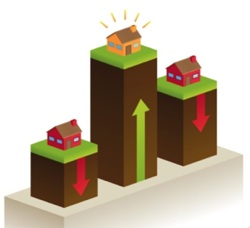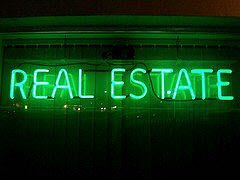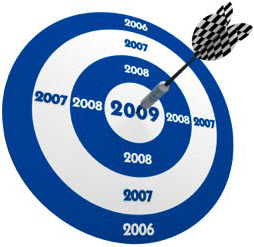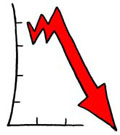We are pleased to announce our second Dallas investment property offering within the great state of Texas.
Dallas-Fort Worth, Houston, San Antonio and the state capital, Austin, make up what many call the Texaplex: a densely packed triangle with each side measuring about 300 miles. This triangle is home to roughly 80% of the state's population of 24 million people (second only to California's 37 million). It also containing America's third-largest airport (Dallas-Fort Worth, aka DFW) and its second-busiest sea port, Houston, (despite being 50 miles inland).
Dallas offers investors a very stable housing market that has weathered the housing bubble of years past. The Case-Shiller home price index recently reported that Dallas home prices rose 1.9% between April and May 2009. This was the second highest price increase behind Cleveland real estate market for the same period.
There is a fantastic 10-page special report in the July 11th, 2009 issue of The Economist. that covered the Texas market along with the many benefits it offers it's residents and businesses. The same benefits that are attracting new migrants from all over the U.S. You can read the article online here: Texas Special Report.
Our new Dallas investment properties offer investors strong cash flow with capitalization rates from 7.5% to 9.0%. First year ROI starts at 115%, both assuming a 20% down payment. . There is also strong appreciation potential given the dormant state the Dallas real estate market has had over the years coupled with the current growth in jobs and population.
Find out more about our current investment opportunities by clinking the links below:
Dallas Investment Property [Single Family Homes]
Dallas Investment Property [3-Bedroom Duplexes]
 It took the Wall Street Journal
It took the Wall Street Journal 

 Everyone is awaiting the miracle signal of a housing bottom. False media-hyped-market-predictions are certain to play an important role in each of our lives. Listed below are a few of the recent indicators that present opportunities for newscasters to call a market improvement or decline.
Everyone is awaiting the miracle signal of a housing bottom. False media-hyped-market-predictions are certain to play an important role in each of our lives. Listed below are a few of the recent indicators that present opportunities for newscasters to call a market improvement or decline.
